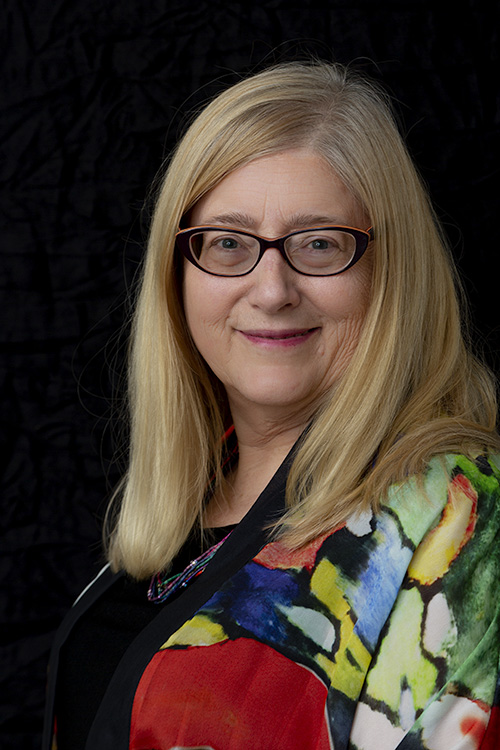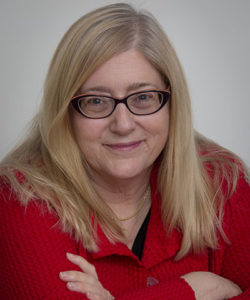Sexual Agency Beyond Midlife
In her 2016 book, “Girls and Sex: Navigating the Complicated New Landscape,” Peggy Orenstein describes the pressure on American women to perform sexually from an early age, and to please young men while doing so. In many cases, their own pleasure is not the focus of how young women view sex. Orenstein believes that how sexuality is portrayed in popular media and online contributes to this problem.
Studies have long shown that movie and television executives choose to show males as active and females as passive, even in Saturday morning cartoons for children. And because of the internet, young people of this generation are exposed more frequently to pornographic portrayals of aggressive sexual behavior and may come to perceive that behavior as normal. As an antidote, Orenstein recommends parents take the lead in discussing with girls the importance of their own desires, highlighting the girls’ power and agency.
For women who do not have that kind of mentoring and family support, it can take years or decades to overcome social suppression of sexual agency. And for women who have experienced sexual aggression, healing can take half a lifetime. By the time a woman becomes comfortable with her sexuality and fully owns her desires, her sexuality as a midlife woman is downplayed by society. The sexuality of older women is frequently ignored or reviled in Western culture.
From the British program “How Not to Get Old,” which shames women past menopause who choose to claim their beauty, to the negative examples of powerful but evil older female Disney villains, the erotic power of women past menopause is often stigmatized rather than celebrated. Society bids us be quiet just when we have plenty to say. For women of every age – younger women pushed into sexual behavior too early, and midlife women discouraged from claiming their sexuality – the central issue is ownership of our own erotic power. Orenstein rightly points out that paying attention to their own pleasure and desire is essential for young women.
It is just as essential for women past midlife.
So how do we navigate the complicated landscape of our later years? We can start by paying attention to what brings us joy. Our inner life force, which is intimately entwined with the erotic, is ours throughout our lives. Our libidinal energy has nothing to do with anyone else’s opinion. How we respond to music, stars, trees and the movement of birds and animals is something each of us owns. We also own our enjoyment of sexual play, whether partnered or not. Our joy is our guide.
We can also seek out, and talk about (nay, SHOUT about), positive portrayals of ripe sexy women in books, movies, and online. The women creating this material deserve our support, and we deserve to be lifted up by their art. From famous writers like Erica Jong (“Fear of Dying“) to less well known but excellent writers like Rae Padilla Francoeur (“Free Fall: A Late-in-Life Love Affair“), women are creating a shared narrative of joyful erotic life that continues for a lifetime.
We begin our lives as exuberant artists and scientists, as children learning about the world through play, as unselfconscious explorers of arts and science. We can give ourselves the gift of returning to that free and creative place after midlife.
For every positive story that has been written about women after midlife, there are many thousands left to tell. For every photograph taken of a beautiful older face, there are millions left to capture.
Paying attention to our own joy, choosing to partake of positive stories, and creating for ourselves – all are pathways to claiming our bliss.
All are ways to build, and to tell, new versions of our story in the world.


